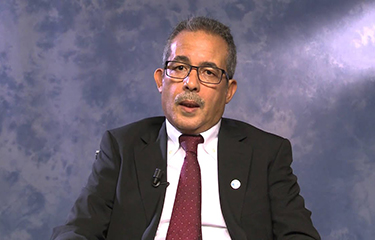Though there have been continued attempts to expand African aquaculture efforts, the continent’s global contribution to total production remains just 1 percent, with financing remaining a major challenge in expanding the sector.
Lahsen Ababouch, the Food and Agriculture Organization’s (FAO) senior advisor on fisheries and aquaculture, talked to SeafoodSource during this year’s Marine Ingredients Organization (IFFO) annual conference in Cape Town, South Africa, on the potential of Africa’s aquaculture and constraints holding back funding for the sector.
SeafoodSource: Could you give us a general overview of Africa’s inland and marine aquaculture sector, including its estimated size?
Ababouch: Africa lies between two big bodies [of water] – the Indian and Atlantic oceans – yet there is no meaningful aquaculture investment in these marine-rich areas. More than 80 percent of global aquaculture is in Asia, with Africa’s share being less than 1.2 percent [and], nearly 50 percent [of that percentage] being in Egypt – one of the world’s leading tilapia producers.
The success story of tilapia in Egypt has inspired other African countries such as Zambia, Ghana, Tanzania, Kenya, Uganda, Tunisia, and Morocco. I think the preference for tilapia is because of the species’ ability to withstand challenges such as diseases and, therefore, offer much less risk.
SeafoodSource: What are some of the aquaculture market trends characterizing Africa’s aquaculture sector today?
Ababouch: The success story of Egypt’s aquaculture is largely driven by the commitment of the government to support investment through national banks, as well as efficiency in the utilization of water from the Nile River that irrigates land for agriculture and recycles [it] for aquaculture. Whoever you talk to about aquaculture in Africa, the perception is the sector is too risky to invest in, unlike marine tourism around oceans and lakes.
The view is that investing in infrastructure and property around lakes or oceans is a good idea because those with money know more about these businesses than they do about aquaculture. Investors and financiers claim there is no infrastructure to assess the risk of investing in aquaculture, and so they stay out.
SeafoodSource: How do you see Africa’s aquaculture growing in the medium to long term?
Ababouch: The future of Africa’s aquaculture lies in the …
Photo courtesy of the Food and Agriculture Organization








